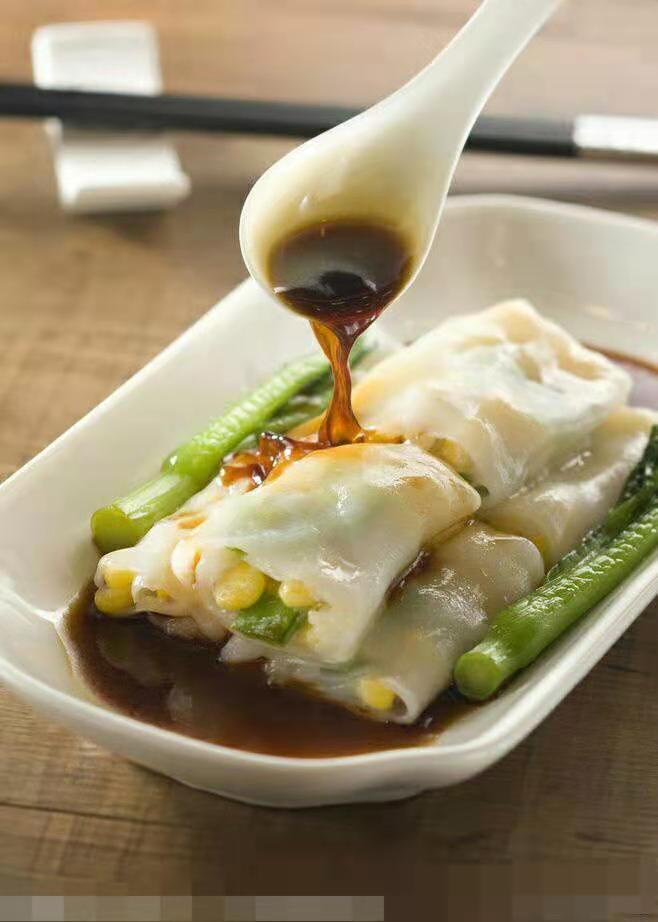Cantonese Cheung Fun, a beloved traditional snack from Guangdong Province, has won the hearts of food enthusiasts with its unique texture and rich flavors. This dish not only enjoys a high reputation in Guangdong but has also gained popularity across the nation and in overseas Chinese communities. This article explores the origins, preparation methods, varieties, and cultural significance of Cantonese Cheung Fun.
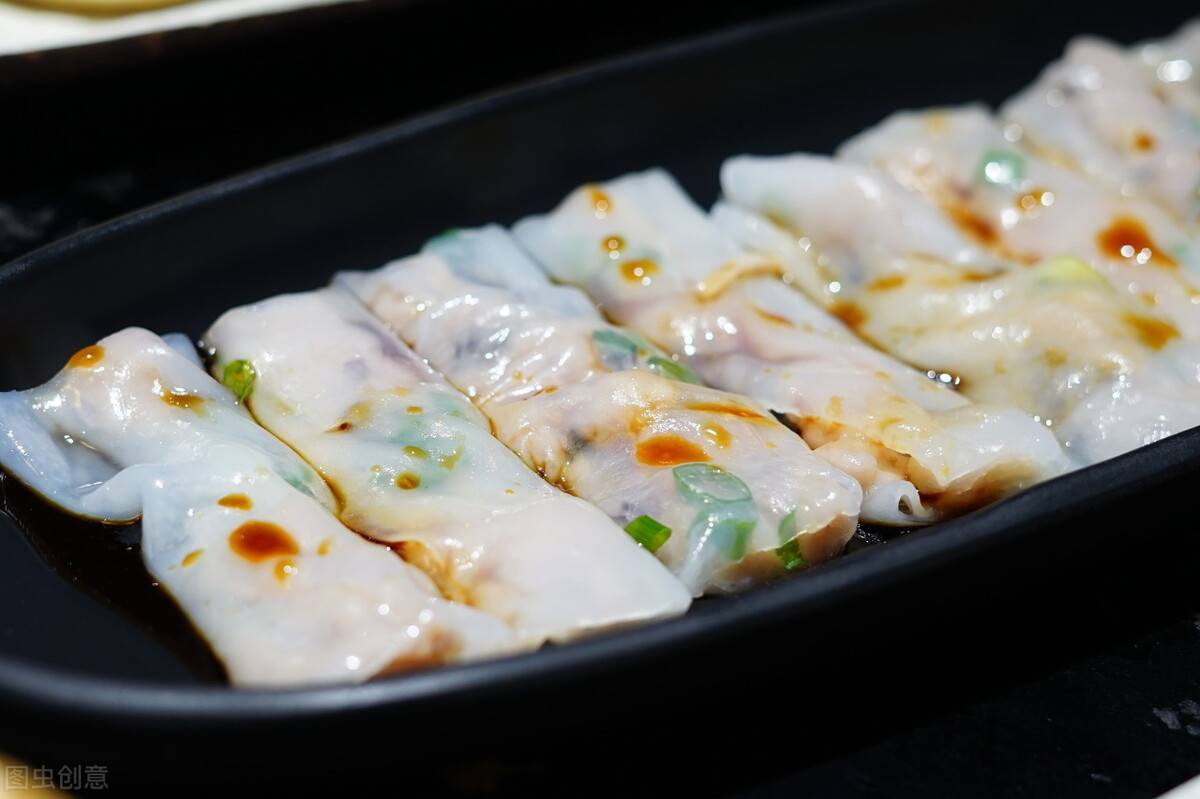
I. Origins and History
The history of Cheung Fun dates back to the Southern Song Dynasty, initially serving as a simple steamed rice roll. Over time, it evolved into the Cheung Fun we know today. In Guangdong, Cheung Fun is not just a breakfast or snack option but also plays a significant role in social gatherings and family meals.
Historically, Cheung Fun was predominantly sold at street stalls and dim sum restaurants. Its simple preparation and rich flavors made it a favorite among locals. Today, as living standards have improved, the techniques and flavors of Cheung Fun have evolved, giving rise to many innovative and creative variations.
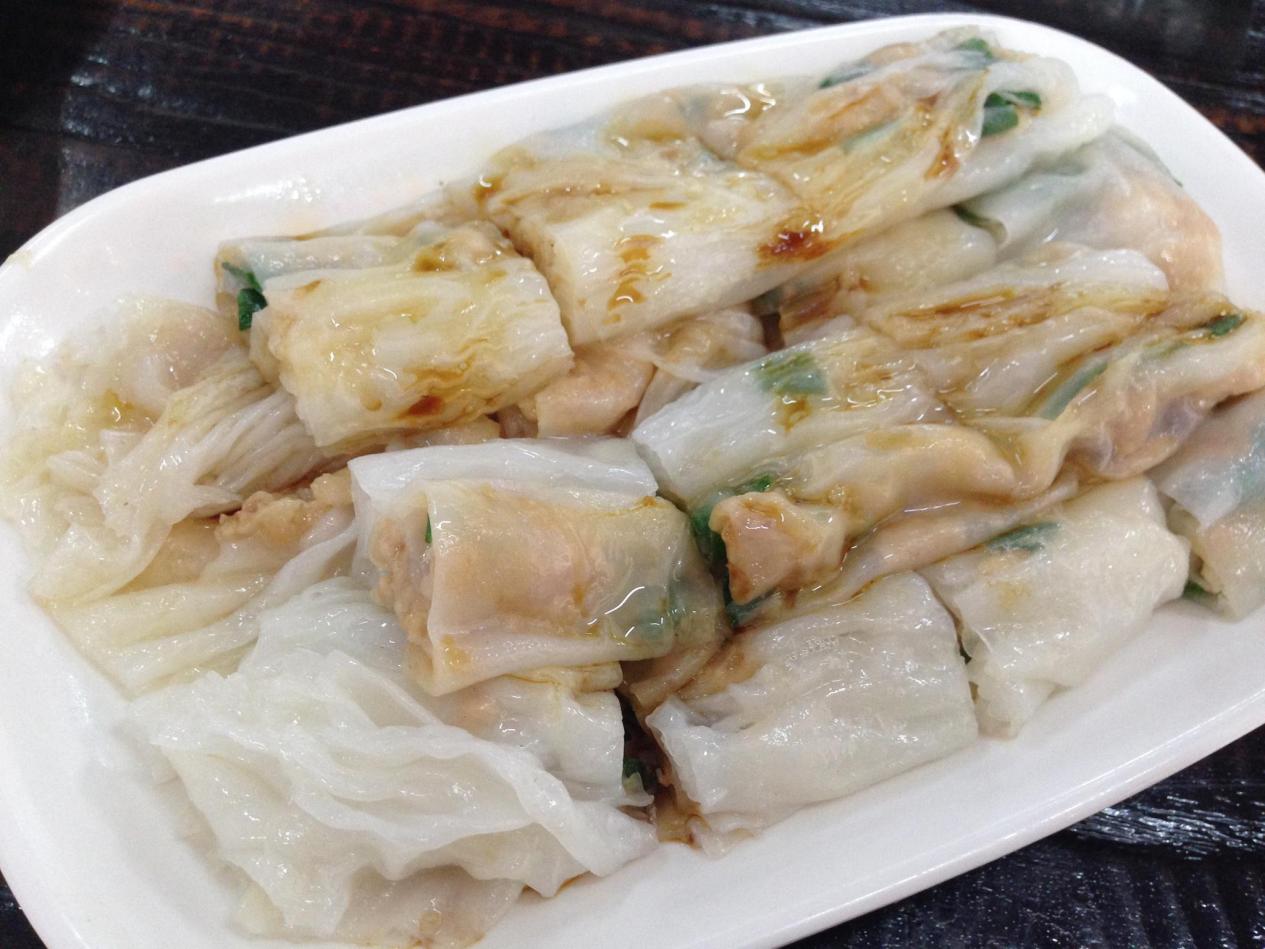
II. Preparation Method
The key to making Cantonese Cheung Fun lies in the choice of ingredients and the preparation technique. The main ingredients are rice and water. The process begins with soaking rice for several hours and then grinding it into a fine rice batter. This batter is then spread thinly on a steaming tray and steamed for a few minutes until it solidifies.
Once steamed, the Cheung Fun is usually rolled up and can be filled with various fillings. Common options include:
- Shrimp Cheung Fun: Fresh shrimp adds a delightful taste and texture.
- Beef Cheung Fun: Tender beef marinated and rolled into the rice roll.
- Char Siu Cheung Fun: Sweet barbecued pork enhances the flavor profile.
After steaming, the Cheung Fun is cut into appropriate pieces and typically served with special soy sauce, peanut sauce, and chopped scallions to enhance the overall flavor.
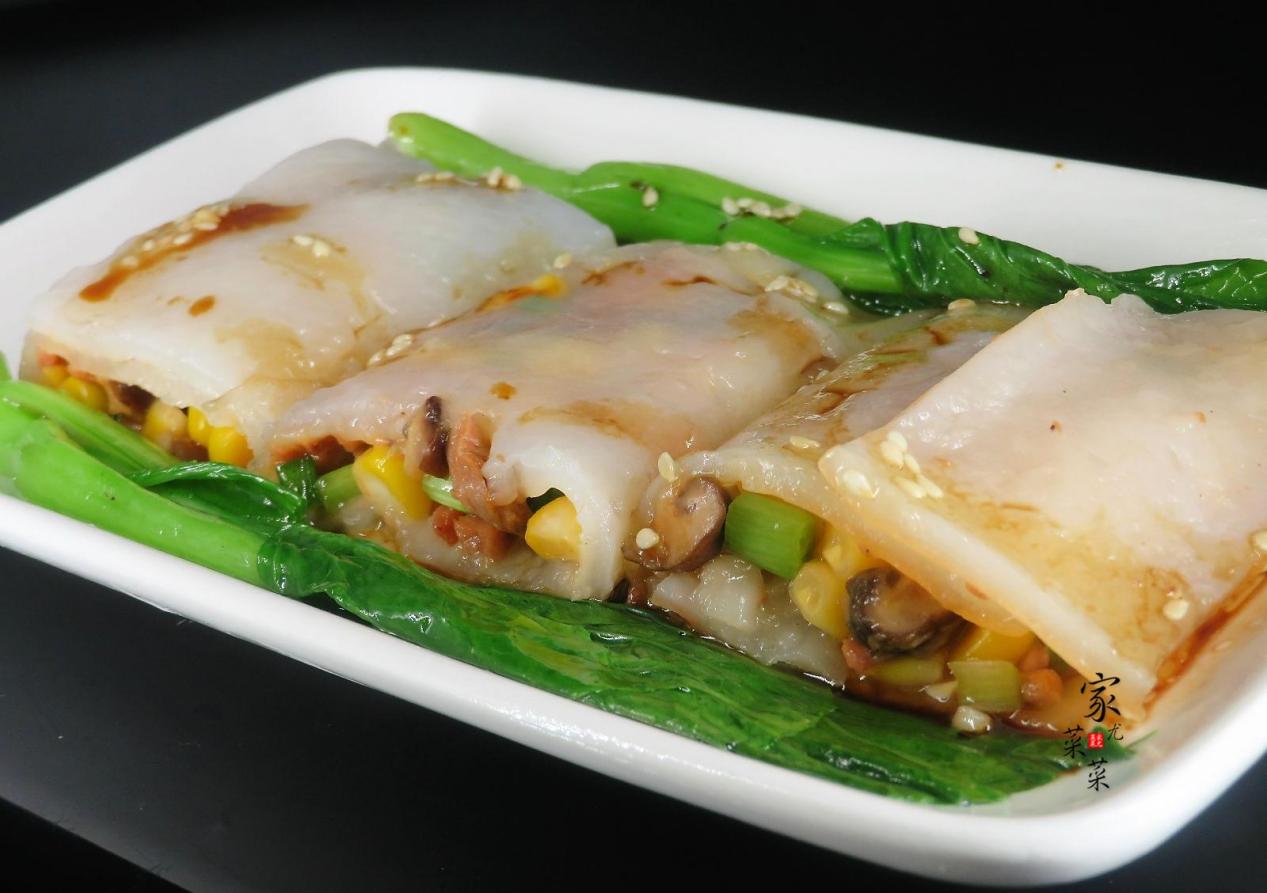
III. Varieties of Cheung Fun
Cantonese Cheung Fun comes in a wide range of varieties. Besides the popular shrimp, beef, and char siu options, many innovative flavors have emerged, such as:
- Vegetarian Cheung Fun: Filled with vegetables like mushrooms and spinach for a healthy option.
- Salted Egg Yolk Cheung Fun: Incorporates salted egg yolk for a unique taste.
- Seafood Cheung Fun: Can include various seafood like scallops and squid for a richer flavor.
Additionally, the accompanying sauces are essential. Besides the standard soy sauce, many restaurants offer special garlic, chili sauces, or sesame oil, providing multiple layers of flavor in every bite.
IV. Cultural Significance
In Cantonese cuisine, Cheung Fun represents not only a dish but also a way of life. It embodies the culinary philosophy of Guangdong people: simplicity, healthiness, and deliciousness. The popularity of Cheung Fun highlights a focus on fresh ingredients and meticulous preparation in daily meals.
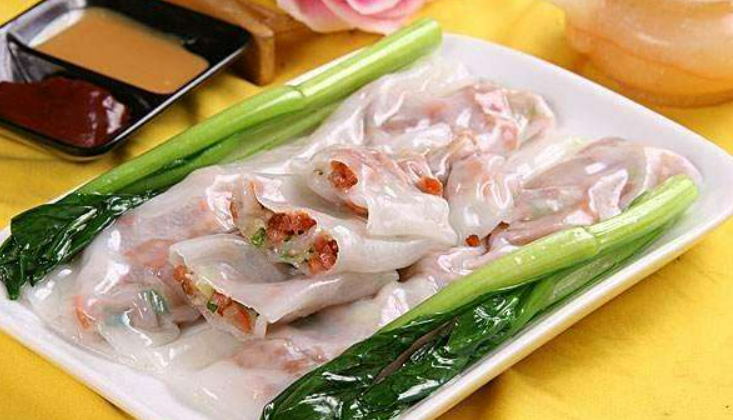
Moreover, Cheung Fun serves as an important social medium. Whether gathering with friends at a dim sum restaurant or enjoying a family meal, Cheung Fun enhances the joyful atmosphere. Its prevalence reflects the hospitality of Guangdong people and their love for food.
V. Conclusion
Cantonese Cheung Fun, as part of Guangdong cuisine, carries a wealth of history and cultural heritage. With its unique texture, diverse varieties, and exquisite preparation techniques, it has become an indispensable dish for food lovers. Whether found at street stalls or upscale restaurants, Cheung Fun showcases the charm of Guangdong’s culinary culture. As time goes on, Cheung Fun will continue to shine on the culinary stage, enticing more food enthusiasts to explore the allure of this traditional dish.
